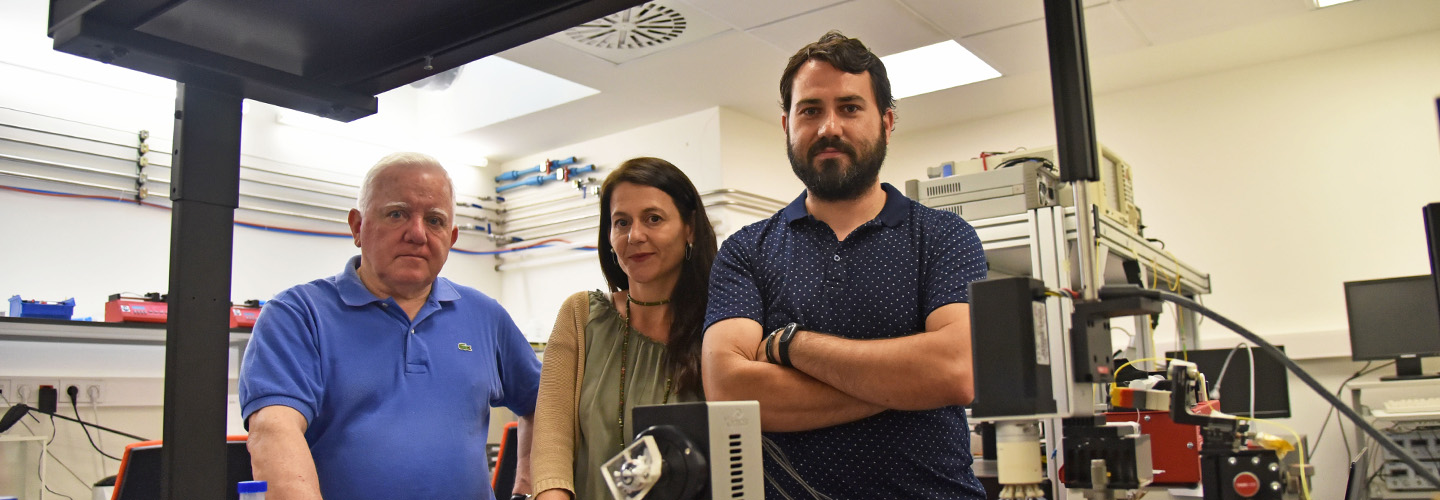Researchers from the Universitat Politècnica de València have developed a new technique for the creating highly sensitive photonic sensors. Among its various applications, this technique is especially useful for the development of devices for early detection of diseases such as cancer or Alzheimer’s, as well as the of monitoring environmental pollutants or the detection of biological threats, among other fields.
The project is led by Campus Gandia researcher, Jaime García Rupérez, and includes researchers from the Valencia Nanophotonics Technology Center (NTC) and the Institute for Molecular Recognition and Technological Development (IDM.
The technique patented by the UPV allows for lab-on-a-chip analysis systems that have significantly greater sensitivity as compared to the current photonic sensing systems, and to other analysis systems are based on other technologies. In addition, it will enable immediate detection of analytes with reduced molecular mass, something that is currently very complicated to do with the technology available at the moment.
“Our method can be applied to the development of analysis devices based on nanophotonic technology for use in any field where it is necessary to detect one or several analytes with high sensitivity, especially in the detection of analytes of reduced molecular mass,” emphasizes Jaime García Rupérez.
IMPROVEMENTS OVER OTHER TECHNIQUES
At present, markers need to be made in order to detect analytes with reduced molecular mass or analytes with extremely low concentrations, such as certain biomarkers associated with diseases like cancer or certain contaminants. Sampled need to be prepared beforehand to selectively bind the markers to the analytes of interest. These markers exhibit certain physical properties: fluorescence, radioactivity , etc.. Therefore, when these markers are attached to the analyte, they are indirectly detected based on the measurements of these properties.
“With this proposed technique, the recognition of analytes with the photonic sensor changes the shape of the bioreceptors used to make that recognition. This change in shape will cause a divergence of a particle or molecule of greater size or refractive index than the analyte to be detected, thus producing an amplification of the detection,” explains García Rupérez.
The researchers are working on the use of this technique for application in early diagnosis devices for different types of cancer within the framework of the European SAPHELY project. Through the use of this detection technique, a high-sensitivity identification of microARN-type biomarkers will be performed on a small sample of the patient’s blood.
These biomarkers are present in the human body in very low concentrations and the variation of their levels is related to the presence of various types of cancer, as well as many other diseases such as Alzheimer’s, Parkinson’s, diabetes and osteoporosis, among many others. Therefore, this detection technique would allow the development of diagnostic systems that are valid for a broad spectrum of diseases (currently, more than 400 diseases are associated with deregulation of microRNA levels).
Source: Luis Zurano, scientific communication unit of the Polytechnic University of Valencia
Follow him on Twitter @nadrazy | UPV Scientific Communication Blog











